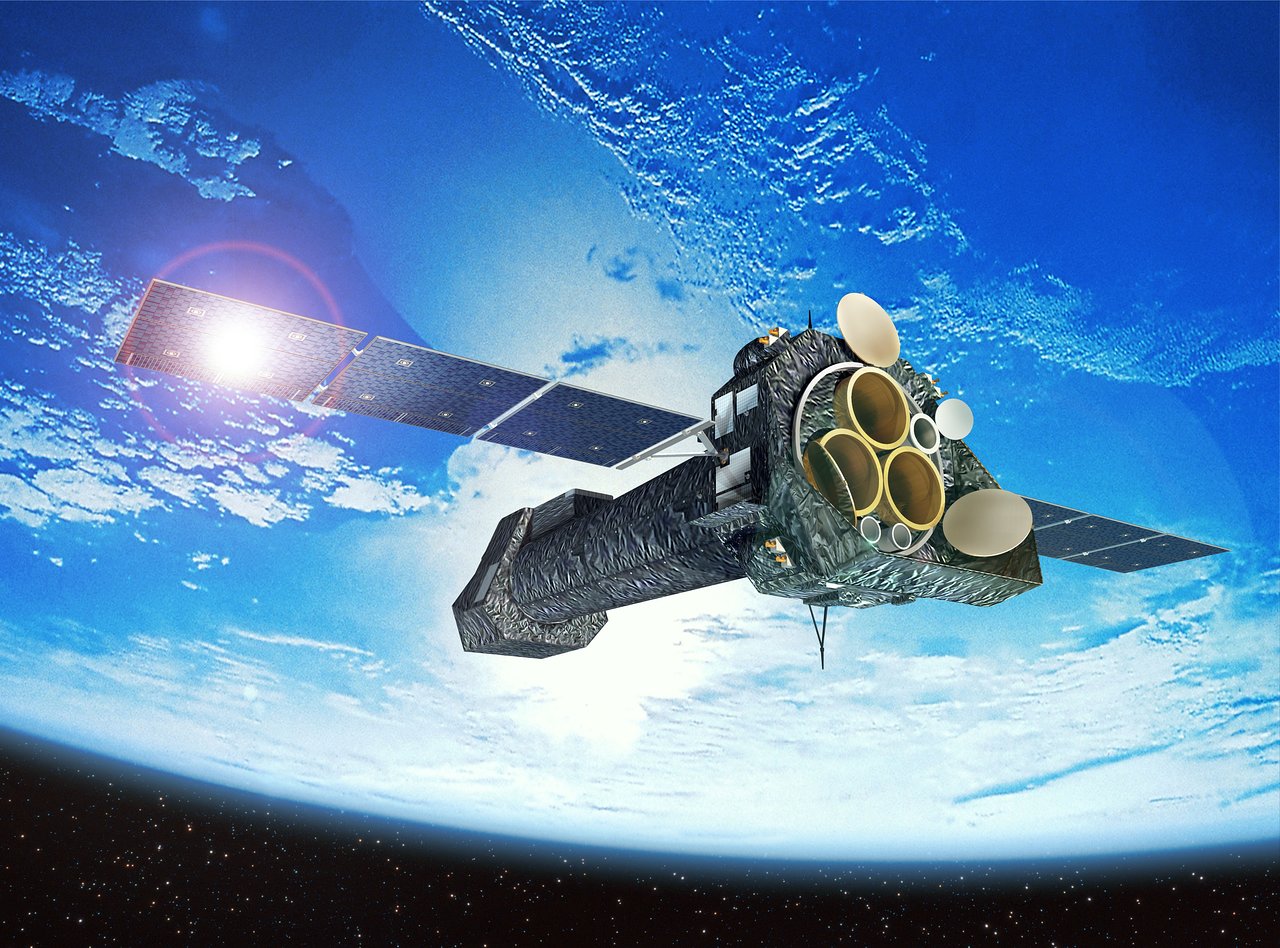The X-ray Multi-Mirror (XMM) mission is the second cornerstone of the Horizon 2000 Science Programme of the European Space Agency (ESA). Renamed XMM-Newton in honour of the great English physicist Sir Isaac Newton, it represents the major European contribution to the X-ray astronomy. The satellite was launched from Kourou (French Guyana) on December 10th 1999, with Ariane 504 rocket. It carries 3 high throughput X-ray telescopes with an unprecedented effective area, and an optical monitor, the first flown on a X-ray observatory. The large collecting area and ability to make long uninterrupted exposures provide highly sensitive observations in the energy range 0.2-10 keV.

In collaboration with other European scientific Institutes, and with the financial support of the Italian Space Agency (ASI), IASF Milano has developed the European Photon Imaging Camera (EPIC), which is the main focal plane instrument of XMM-Newton. EPIC consists of three parallel but independent Camera Systems, whose main component is a solid state detector of CCD type. Each camera is mounted at the focus of one XMM-Newton telescope and includes the associated mechanical and electronic components; in addition there is also a separate Radiation Monitor System, which measures the particle background. IASF Milano was directly responsible for the system AIV and contributed also to all the other project issues, from the design to the on-ground calibration; moreover, our Institute supported ESA for the launch campaign and the on-board commissioning, and is still collaborating with ESA for the instrument operations and calibration.
Since its launch in 1999, XMM-Newton has discovered hundreds of thousands of X-ray sources, many of which have been deeply investigated from the spectral and timing point of view. The XMM-Newton mission is helping scientists to solve a number of cosmic mysteries, ranging from the enigmatic black holes to the origins of the Universe itself. Observing time on XMM-Newton is being made available to the scientific community, applying for observational periods on a competitive basis.
Building upon the expertise with XMM-Newton/EPIC accumulated since its development phase, IASF Milano not only was one of the major actors in the use of observatory time for leading-edge investigations of different classes of astrophysical sources, but also led a large project, EXTraS, funded by the EU, aimed at exploring serendipitous XMM data in the time domain. Please visit the dedicated page for more information.
